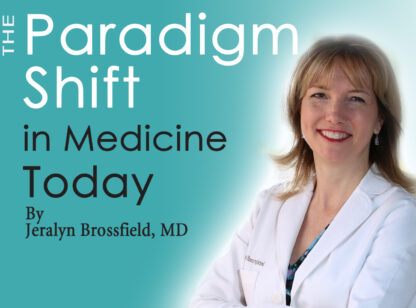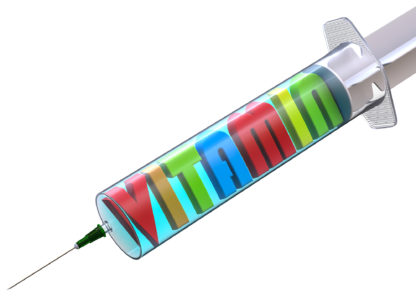Heavy metal exposure is a growing health concern worldwide due to multiple industrial, domestic, agricultural, medical and technological uses which have affected the worldwide environment. Their toxicity depends on several factors including the dose, route of exposure, length of exposure, as well as the age, gender, genetics and nutritional status of the exposed individuals. Because of their high degree of toxicity, mercury, cadmium, lead, and aluminum are among the most toxic metals.
In 2010, the United Nations Environment Program reported that nearly 2,000 tons of mercury was released into the air and 1,000 tons into the global water supply from gold mining and the burning of fossil fuels. While in the environment, bacteria convert mercury (Hg) into methyl mercury, which is ultimately consumed by humans largely via fish and shellfish.
The second major source of Hg exposure is silver-mercury dental amalgam (silver fillings). These have been phased out in several European countries but are still used in the U.S. Recent data from the National Health and Nutrition Examination Study revealed that silver fillings were a major source of Hg exposure in the U.S. It concluded that 67.2 million Americans would exceed the Hg reference exposure level established by the EPA. Other exposure sources include farm-raised fish, vaccines that contain the mercury preservative thimerosal and aluminum adjuvants, as well as some herbal medicines from outside the U.S.
Heavy metals including mercury, lead, cadmium and aluminum have been well documented in medical literature as contributing to chronic diseases of the brain and peripheral nervous system, cardiovascular system, gastrointestinal system, lungs, kidneys, liver, bones, and endocrine glands. In particular Alzheimer’s and many cancers have been associated with these toxins.
For the last 50 years there has been no formally adopted standard of care for treating chronic or acute heavy metal exposures. Chelating and complexing agents such as dimercaprol, D-penicillamine, DMPS, DMSA and EDTA were considered to be the best option by many health care providers. These work by binding to the metals and then exporting them out of the body via the kidneys to the urine. Although considered to be controversial, chelation therapy is FDA-approved for treating lead poisoning and toxicity from other heavy metals. However, many providers prefer more natural remedies whereby the heavy metals are conjugated and detoxified via liver or gallbladder, or move directly through the gut to the feces. These include agents such as glutathione, N-acetyl cysteine (NAC), selenocysteine, alpha lipoic acid, zeolite, cilantro, chlorella, chitosan, modified citrus pectin, charcoal, bentonite clay and others.
Newer research using something called Thiol Functionalized Silica to extract heavy metals is gaining increased attention. This method has shown safety and efficacy using the gastrointestinal tract and feces as the route of excretion. It does not enter the circulation and because it bypasses the kidneys, no burden is placed on them or the liver. Functionalized silica is formed by covalently binding something called a thiol group to a silica particle. This combination can immobilize and bind mercury and other metals including cadmium, lead and aluminum. Research has shown it does not enter the circulation but binds metals and other toxins in the gut. Additionally, it does not diminish essential minerals in the blood as other chelators can. It can also be used in combination with other natural or chelating and complexing agents.
There is also emerging medical research being done largely by Stephen Genuis, a Canadian MD, suggesting that sweating is an optional method to facilitate removal of toxic metals, in particular, use of a sauna or far infrared sauna.
Testing for heavy metal toxicity is also somewhat controversial. Heavy metals are compartmentalized in various tissues throughout the body; they are not freely circulating in the blood stream. Testing methods vary using blood, urine, sweat and tissue samples to assess concentrations.
The best recommendation is to consult a health care provider experienced in the various testing procedures and treatment protocols.
Dr. John Dixon can be reached at the Natural Medicine Group (760) 345.7300.
Sources: 1) http://www.nature.com/bdj/journal/v197n10/full/4811831a.html 2) https://www.ncbi.nlm.nih.gov/pmc/articles/PMC4144270; 3) https://www.ncbi.nlm.nih.gov/pmc/articles/pmc4004256 4) https:// www.ncbi.nlm.nih.gov/pmc/articles/pmc3634463 5) https://www.ncbi.nlm.nih.gov/pmc/articles/pmc4144270; 6) www.stephengenuis.com














































Comments (0)